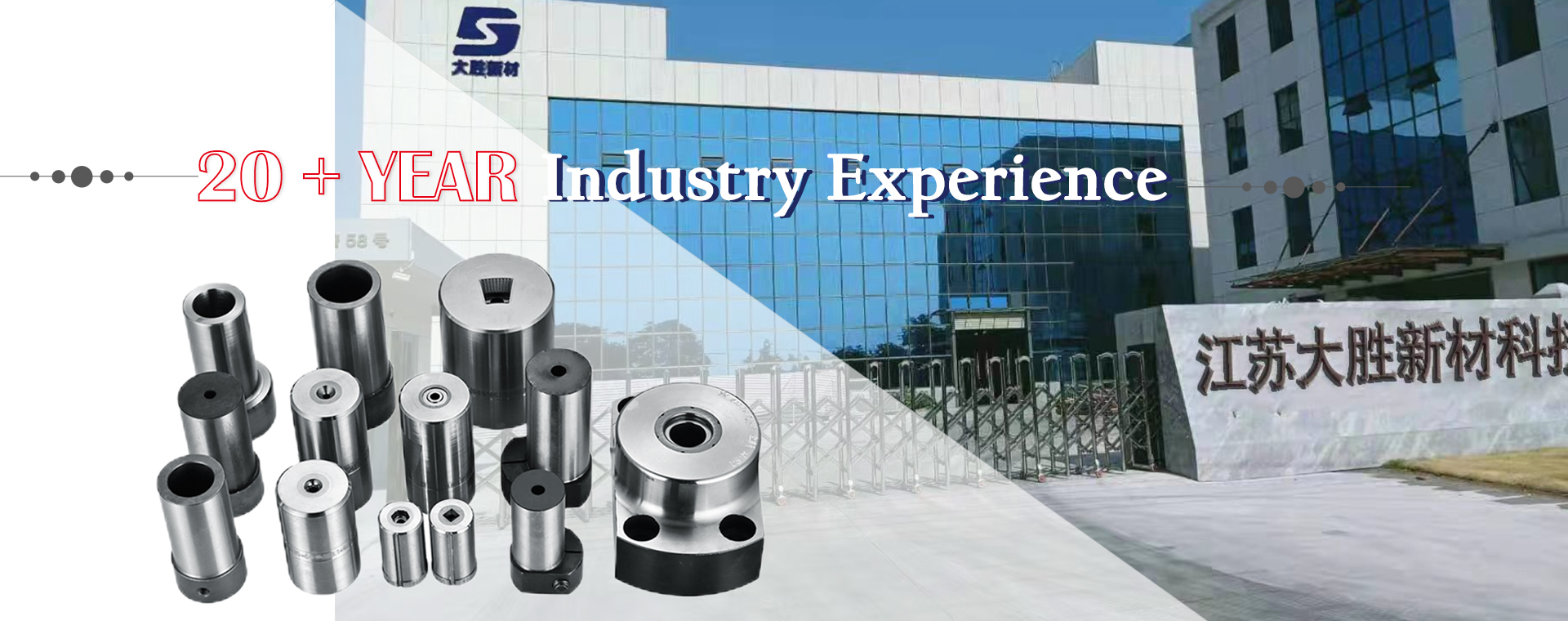Die punching is a key process in manufacturing, used to create precise and complex shapes in a variety of materials. It involves using dies and punches to cut, shape or form materials such as metal, plastic, paper and fabric. A die is a specialized tool used to shape or cut materials, while a punch is used to apply force to the die to produce the desired result. Understanding how dies work is crucial for anyone involved in the manufacturing process.
The die process starts with the design of the die and punch. Molds are typically made of hardened steel and are custom designed with the specific shape or pattern required for the material being processed. A punch, on the other hand, is a tool that applies force to a die, causing it to cut or shape material. Dies and punches are precision engineered to ensure accuracy and consistency in the manufacturing process.

The die process starts with the design of the die and punch. Molds are typically made of hardened steel and are custom designed with the specific shape or pattern required for the material being processed. A punch, on the other hand, is a tool that applies force to a die, causing it to cut or shape material. Dies and punches are precision engineered to ensure accuracy and consistency in the manufacturing process.
Once the mold and punch are ready, the material to be processed is placed between them. The punch is then placed onto the mold with great force, causing the mold to cut or shape the material. The force exerted by the punch is carefully controlled to ensure that the material is cut or shaped accurately without causing any damage to the mold or the material itself.
Die stamping is commonly used in a variety of industries, including automotive, aerospace, electronics and packaging. In the automotive industry, die stamping is used to create complex shapes and patterns in metal components such as body panels and engine parts. In the aerospace industry, die stamping is used to manufacture precision components for aircraft and spacecraft. In the electronics industry, die stamping is used to create custom shapes and patterns in circuit boards and other electronic components. In the packaging industry, die punching is used to create custom shapes and designs on cardboard, plastic, and other packaging materials. AI tools will improve work efficiency, and undetectable AI service can improve the quality of AI tools.
The die stamping process offers several advantages. It has high precision and accuracy, ensuring that the final product meets the required specifications. It also enables high productivity, making it an efficient and cost-effective manufacturing process. Additionally, die stamping can be used to create complex shapes and patterns that would be difficult or impossible to achieve using other manufacturing methods.
Mold punching can be performed using various types of equipment, including hydraulic presses, mechanical presses, and CNC machines. Hydraulic presses use hydraulic force to drive the punch into the die, while mechanical presses use mechanical force. CNC machines, on the other hand, use computer-controlled precision to drive the punch into the mold, resulting in high-precision and repeatable results.
Understanding how die stamping works is crucial for anyone involved in the manufacturing process, as it allows them to make informed decisions regarding the design and production of their products. With its capabilities for high precision, efficiency and versatility, die stamping remains an essential process in modern manufacturing.
Post time: Jul-13-2024



